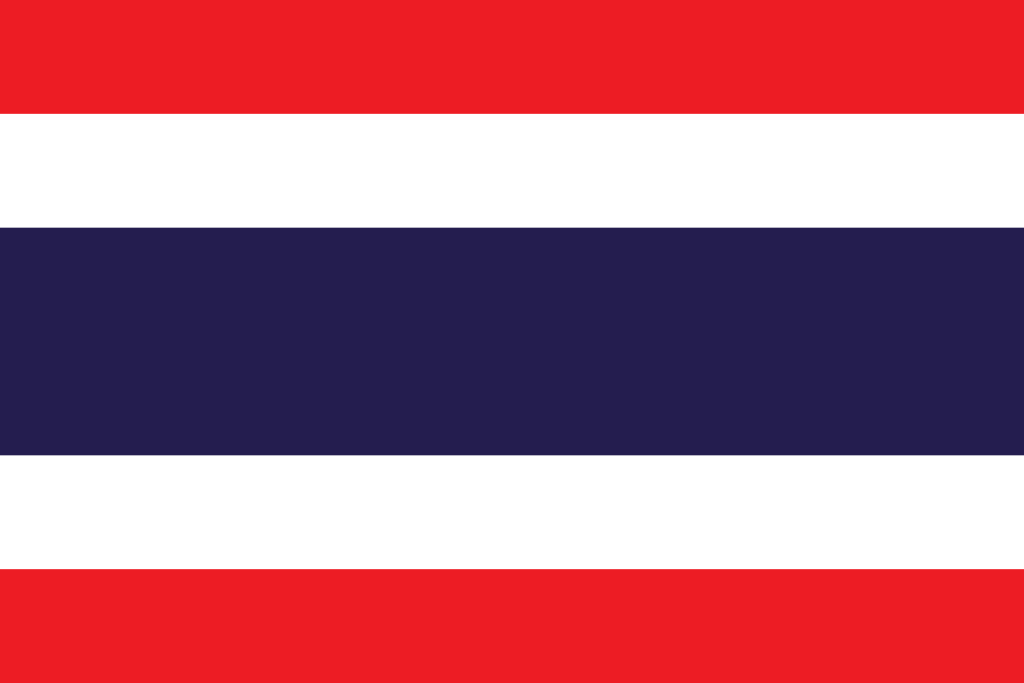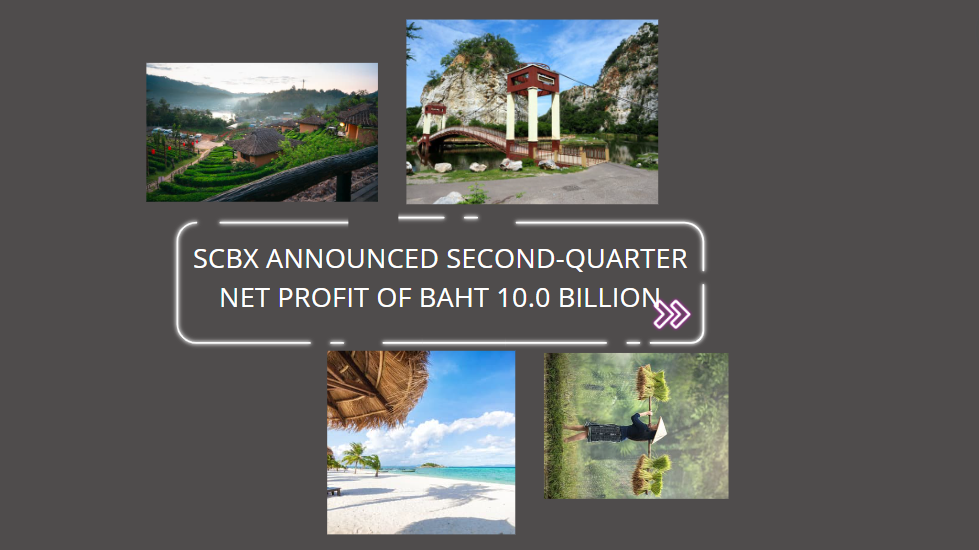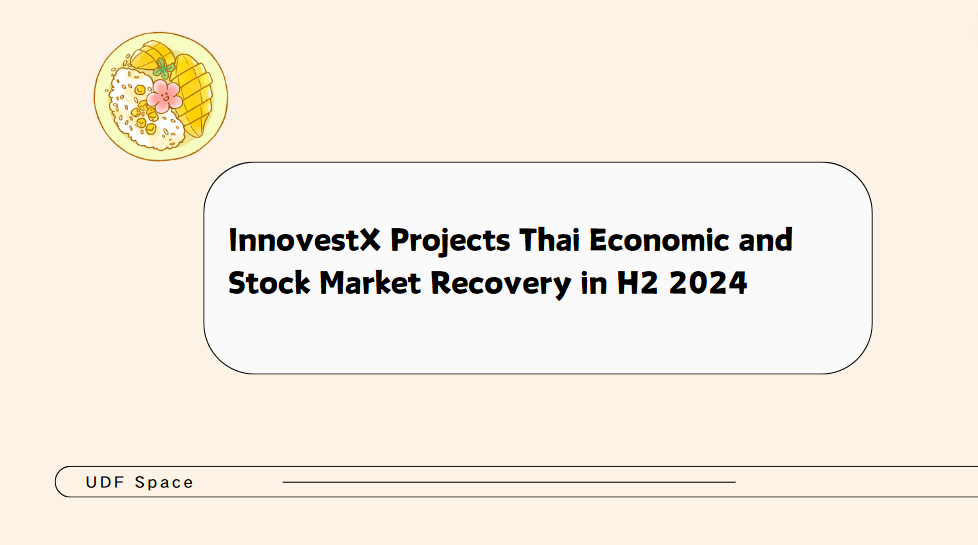Economic and Monetary Conditions for June and the Second Quarter of 2024
Summary
The Thai economy continued to expand in the second quarter. However, economic activities in June slowed down compared to the previous month. This was primarily due to a decline in the number of foreign tourists and tourism revenue, which accelerated in the preceding period. Additionally, exports of goods decreased, particularly agricultural products as its production entered the end of its season, and electronic products that still have high inventories. These developments were in line with lower agricultural and industrial production. Private consumption remained stable, whereby higher spending on non-durable goods was being offset by a continuous decline in durable goods, especially in the automotive sector. However, private investment slightly increased. Government spending also expanded from the previous year in both current and capital expenditures of the central government, while investment expenditures of state-owned enterprises contracted due to lower disbursements in infrastructure and public utility projects.
On the economic stability front, headline inflation in June decreased from the previous month from energy and fresh food categories. This was driven by lower benzene prices in line with the global crude oil prices, as well as lower vegetable prices as a result of increased output. Meanwhile, core inflation remained similar to the previous month. The current account registered a higher surplus, due to a lower deficit of services, income, and transfers, while the trade balance registered a similar surplus to the previous month. The labor market continued to improve steadily in both the service and manufacturing sectors.
Details of the economic conditions for June relative to the previous month are as follows:
The number of foreign tourist arrivals, after seasonal adjustment, decreased from the previous month, especially tourists from Malaysia, China, and Europe (excluding Russia), after a good expansion in the previous period. Nevertheless, the number of tourists from other countries, such as the United States, Australia, and India, increased. Correspondingly, tourism revenue, after seasonal adjustment, also decreased in line with lower number of foreign tourists.
Private consumption indicators, after seasonal adjustment, remained stable from the previous month. Spending on non-durables increased, due to higher sales in consumer goods, excluding alcoholic beverages, as well as fuel. However, spending on durables, semi-durables and services decreased. Meanwhile, consumer confidence continued to decline due to concerns over higher living costs stemming from rising energy prices as well as concerns on the sluggish rebound of the Thai economy.
The value of merchandise exports, excluding gold and after seasonal adjustment, decreased from the previous month in several categories, particularly in 1) agricultural products due to lower exports of durian to China, as the durian harvest season in the eastern region entered an end, 2) electronic products from lower exports of communication equipment to Hong Kong and Japan, as well as integrated circuits to Malaysia and Hong Kong, and 3) agro-manufacturing products, following lower exports of palm oil to India and sugar to ASEAN. Nevertheless, some export products increased, including commercial cars to Australia, passenger cars to ASEAN, and petroleum products to China, Japan, and ASEAN.
The value of merchandise imports, excluding gold and after seasonal adjustment, increased from the previous month from imports of 1) raw materials and intermediate goods, excluding fuel, due to higher imports of communication equipment and metals, 2) consumer goods, following higher imports of mobile phones and leather, and 3) capital goods, excluding aircrafts, from higher imports of machinery and computers. However, imports of fuel slightly decreased due to lower imports of crude oil both in terms of volume and price.
The manufacturing production index, after seasonal adjustment, decreased from the previous month in several categories, particularly in the automotive sector. The production of passenger and commercial vehicles for domestic sales drop, partly as financial institutions remained vigilant in providing auto loans, and some consumers postponed their purchases in anticipation of potential price drop amid intensified competition among manufacturers. The rubber and plastic packaging production also declined. However, petroleum production increased as refineries resumed operations after a shutdown for maintenance in the previous month.
Private investment indicators, after seasonal adjustment, increased from both investment in machinery, equipment, and construction. Domestic machinery and equipment sales increased in the computers and peripherals, despite a decline in imports of capital goods and registrations of commercial vehicles. Investment in construction also increased, reflected by higher construction material sales in cement and concrete piles. Nevertheless, permitted area for construction decreased.
Public spending, excluding transfer payments, expanded from the same period last year from both current and capital expenditures of the central government after the Budget Act, B.E. 2567 was enacted towards the end of April. Current expenditure expanded from the disbursement of pensions, medical expenses of public servants, and compensation for state employees. Capital expenditure also expanded due to the disbursement by the Irrigation Agency. However, investment expenditure by state-owned enterprises contracted due to lower disbursements in infrastructure and public utility projects.
On the economic stability front, headline inflation decreased from the previous month from energy and fresh food categories due to falling benzene prices, following the lower global crude oil prices, as well as last year’s high base effect in electricity price after the government subsidies ended. Vegetable prices also decreased as a result of higher output. Meanwhile, core inflation remained similar to the previous month. The labor market continued to improve in both the service and manufacturing sectors. The current account registered a higher surplus due to a lower deficit of the services, income, and transfers account, while surplus in the trade balance remained at a similar level to the previous month. In terms of private sector financing, the outstanding amount of business funding decreased from the previous month, particularly funding from corporate bonds in the food and beverage sector, which had accelerated in the previous period. Funding from business credit also decreased in the utilities sector. However, equity financing increased in the finance and securities as well as the accommodation sectors. As for exchange rates, the baht against the U.S. dollar, on average, slightly depreciated due to higher-than-expected U.S. non-farm payroll, which caused the market to adjust their expectations that the Federal Reserve will maintain a high interest rate for an extended period.
In the second quarter, the Thai economy continued to expand from the previous quarter, but unevenly distributed. The tourism sector remained the main driver, which bolstered activities in the service sector, employment, and private consumption to increase from the previous quarter. Merchandise exports, excluding gold, also increased from the previous quarter, in line with overall improvements in the manufacturing production. However, exports and production in some industries were suppressed by high inventory levels as well as structural factors due to lower competitiveness. Private investment in machinery and equipment expanded. Government spending expanded significantly after the Budget Act, B.E. 2567 was enacted. On the economic stability front, headline inflation increased from the previous quarter due to higher energy prices following the gradual uplift of the government subsidies, as well as lower supply of vegetables and pork. Core inflation decreased due to lower prices of prepared food and personal care items. The current account registered a surplus at a similar level to the previous quarter. Trade balance registered a surplus from higher exports, while the services, income, and transfers turned into a deficit due to lower foreign tourism revenue and higher payment of profit and dividend due to remittance season. Labor market continued to improve from the previous quarter, mainly due to higher employment in the service sector.
Press Release on Economic and Monetary Conditions
- Table Attached 1
- Table Attached 2
- Presentation Slides
- Economic and Monetary Conditions for Second Quarter of 2024























































First, please LoginComment After ~